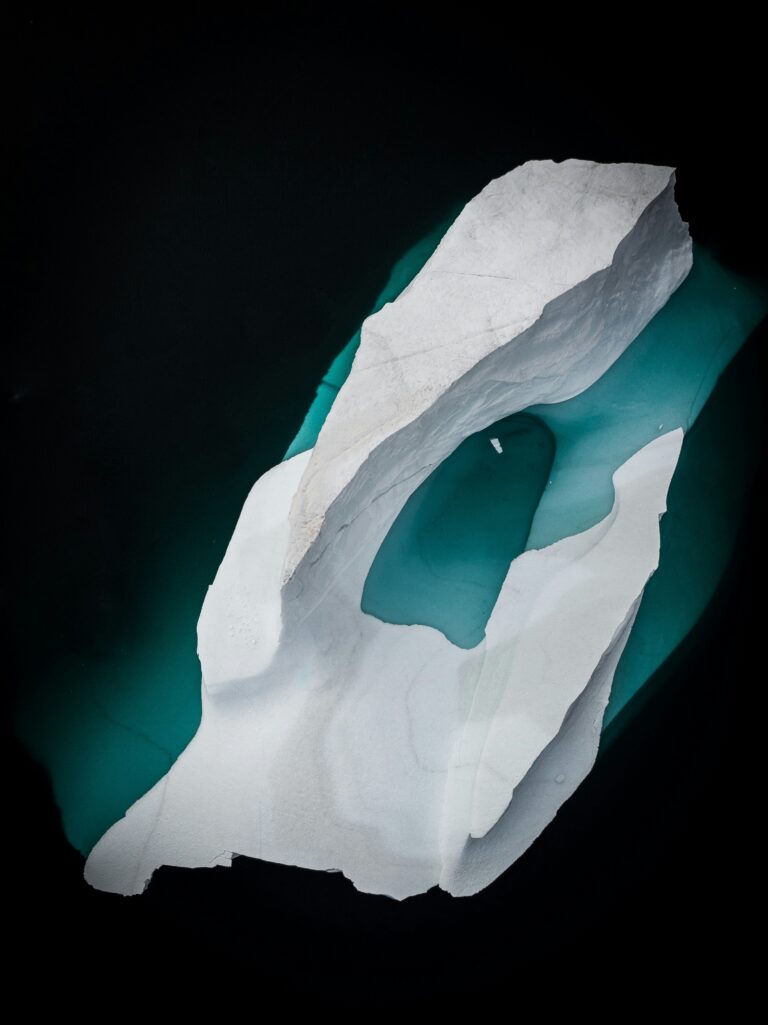Arctic sea ice has shown little overall decline since 2005, a development that has surprised scientists tracking global warming.
They had expected continuous loss, yet shifting ocean patterns seem to have temporarily slowed the rate of ice retreat.
Researchers stress this pause is short-lived and forecast that melting could soon accelerate, possibly doubling the long-term decline rate.
Long-Term Shrinkage
Despite the current slowdown, September ice cover has fallen by about half since 1979, when satellites began monitoring the Arctic.
Experts highlight that the region is not recovering. Ice-free summers later this century remain highly likely, with major consequences ahead.
The disappearance of reflective ice surface also speeds up warming, as exposed seawater absorbs far more solar energy.
Dr. Mark England, author of the study, said this lull offers breathing space but should not be mistaken as good news.
Findings from Research
The team studied decades of satellite data and ran thousands of model scenarios. Results show pauses do occur but never last long.
Every model indicated that once these pauses end, ice loss quickly accelerates again, reinforcing the long-term downward trend.
Thickness is also declining steadily. Since 2010, October measurements reveal a drop of several millimeters annually across the Arctic region.
Scientists compare this pattern to earlier so-called pauses in global warming, during which Earth still accumulated excess heat.
Call for Action
Climate researchers emphasize the urgency remains unchanged. Human activity continues to drive dangerous warming, despite temporary shifts in trends.
They warn that misrepresentation of the slowdown could serve climate skeptics and undermine the case for swift, decisive action.

